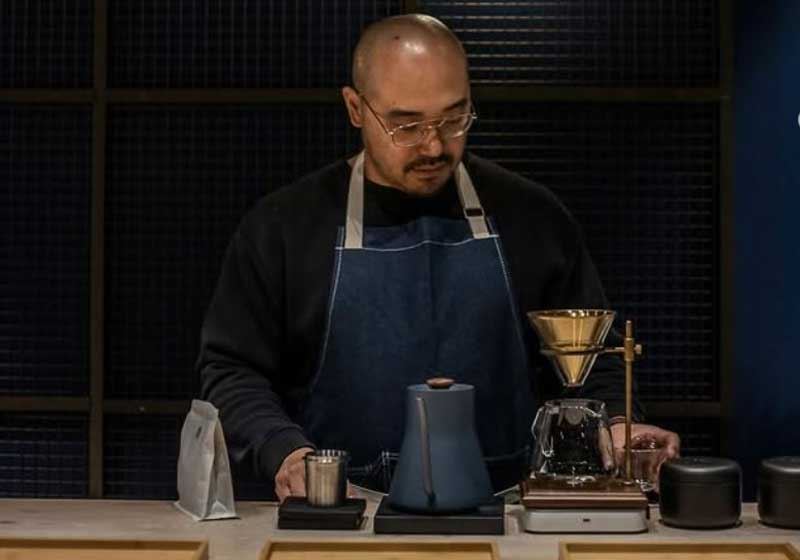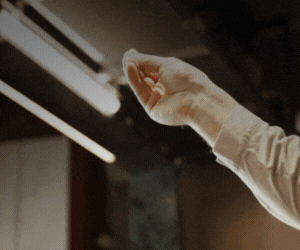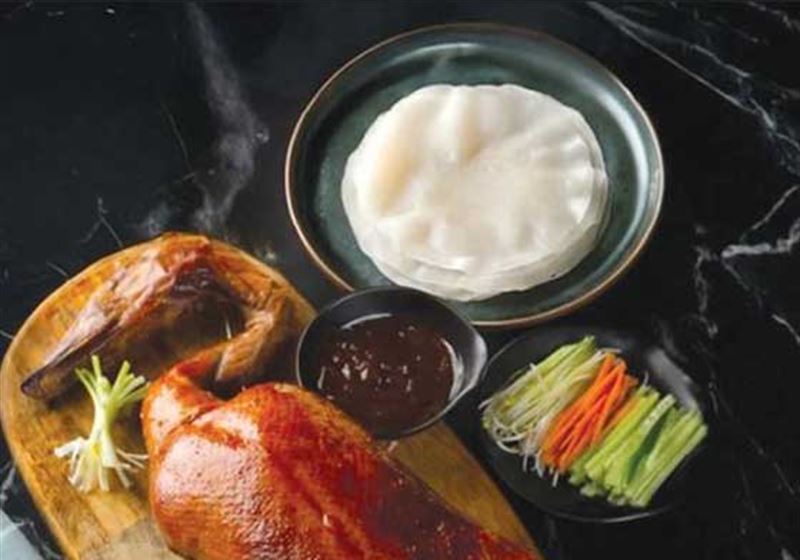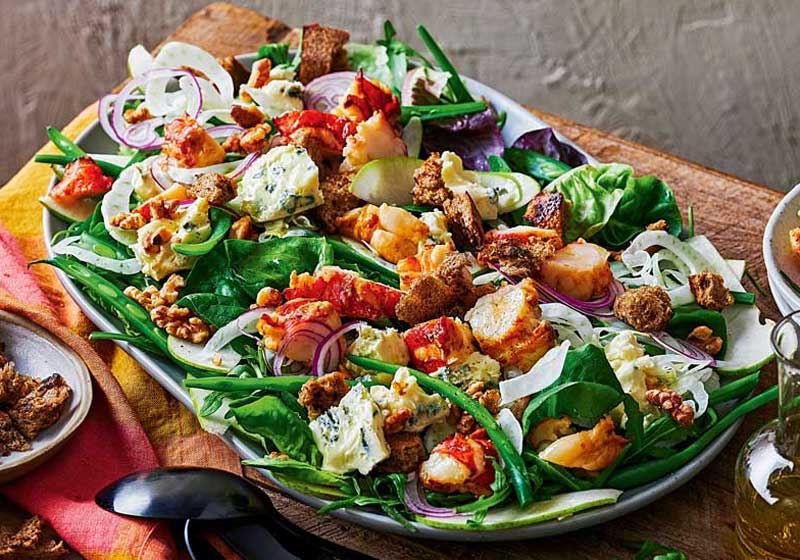By Marie-Antoinette Issa.
There are plenty of unspoken rules when it comes to dining etiquette. From keeping your cup of cappuccino to the am (according to the Italians) to an expectation to indulge in second servings if you’re dining with Lebanese, every culture has its own culinary traditions.
Japanese sushi is no exception. Eating sushi, especially nigiri, is an art form and there’s a certain etiquette that comes with it. To ensure you don’t accidentally offend your Chef, we spoke with Erik Ortolani – Head Chef at Ito – about the dos and don’ts of sushi dining.
While Erik is quick to clarify that Ito’s approach is a "fiercely non-traditional and Italian-leaning Japanese food” experience, he can confirm one of the most universal rules of sushi etiquette:
"Please use chopsticks to eat your sushi! No forks or hands,” he laughs.
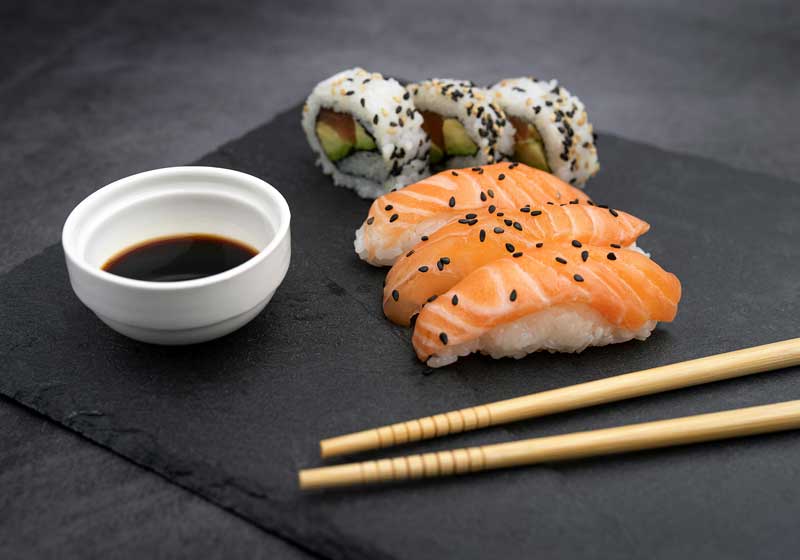
Beyond cutlery, the dining experience itself can also play a role in how sushi is appreciated.
"Eating at a sushi counter definitely makes the experience more immersive and food takes centre stage,” says Erik. "Many guests also enjoy the craft and the movement involved in making sushi that you might not notice sitting at a table and that’s another element to consider.”
When it comes to dipping sushi into soy sauce, there’s a right way and a wrong way.
"Sushi should be already at a correct level of seasoning and dipping in soy sauce tends to ruin the balance,” Erik explains. "If you really must, quickly dip the fish side of the nigiri in soy sauce (don’t soak the rice).”
Wasabi is another common point of confusion for diners.
"Traditionally, wasabi was believed to have antibacterial properties as well as helping with the flavour of raw fish,” he says. "It is ultimately a taste preference and you are allowed to add more if you enjoy the pungent taste.”

Pickled ginger is often misused as well. "Pickled ginger is supposed to be a palate cleanser and therefore eaten after the sushi or in between bites – however I personally love to eat raw fish and pickled ginger together. Hopefully, nobody gets offended.”
Nigiri itself also comes with a few unspoken rules. "It should be eaten in one bite. Breaking it up in multiple bites is an extremely messy experience,” Erik explains.
For those with dietary preferences, requesting modifications is becoming more acceptable but knowing how to ask can make a difference.
"I always work around dietary requirements, but asking for modifications not contemplated on the menu is pushing it,” he elaborates. "I think it comes down to asking while giving a reason (i.e. I hate seaweed) so the Chef can work around the requirement. Plainly asking for items done in a certain way completely ignores the reason why a dish is complete the way it is and it is quite annoying.”
Sushi etiquette extends beyond just how the food is eaten - manners at the table matter too.

One common faux pas? Rubbing chopsticks together. "You would rub chopsticks together to remove possible splinters and this would imply that the chopsticks are low quality. That’s why it is considered insulting.”
While some diners prefer their sushi cooked or seared, it’s not the traditional way.
"Aburi (torched) sushi appeared in Japan in the late 20th Century, however, it was never as popular as it is in Western countries,” he explains.
"Some people still find raw fish quite intimidating and access sushi through ebi nigiri (cooked prawn), aburi salmon or scallop, which are generally always heavily dressed with teriyaki or mayo.
"Definitely not the most traditional approach, but to each their own. On the other hand, more fine dining establishments use binchotan charcoal to sear oily fish (mackerel, bonito), which is a completely different experience.”

There’s also a recommended order for eating different types of sushi. "In theory you would start with the lighter coloured fish (say snapper) and work your way towards the darker, oily fish, having ginger in between bites to cleanse your palate.”
For those who like to order their sushi all at once, you might want to rethink your approach.
"I can’t comment specifically as I am not a sushi Chef. However, I personally don’t love people who keep editing/adding as they go as it disrupts the flow of the meal. What I love to see is guests reordering the same item after they tried a portion, as it means they really enjoyed it.”
If you’re looking for the perfect drink pairing, Erik has a suggestion:
"Sake is recommended. Junmai sake if you want a strong character, Ginjo sake if you prefer something more delicate and floral.”
Lastly, if you truly want to impress the Chef and show your appreciation, a simple phrase will do the trick.
"‘Gochisousama deshita’ is what you would say to your sushi Chef, meaning ‘it was a feast!’. More generally, I always appreciate feedback from the customers, good or bad and hopefully specific.”



